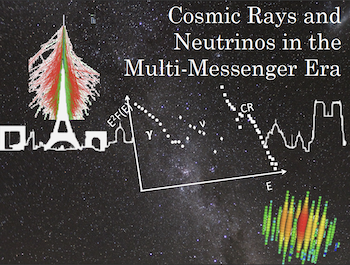Description
A new redshift effect was proposed in the literature. In this effect, the photon is red-shifted; additionally to cosmological, gravitational and Doppler effects; by its gravitational radiations due to the gravitational interaction of the photon with cosmic magnetic fields. This effect can have a significant contribution depending on the strength and wide presence of these magnetic fields in the intergalactic medium. Such contribution affects the precision of our estimation of cosmological redshift which bias consequently our perception of several phenomena in the Universe. For instance, all redshift-dependent distances to extra-galactic objects would be over-estimated. Also, estimations of extra-galactic magnetic fields using Faraday rotations measurements are affected as they are dependent of exact estimation of cosmological redshifts as indicators of distance. In the case of UHECR, a recalibration of redshift-dependent distances to possible sources could make them within the GZK distance and change our perception for potential sources of observed events. The recalibration of extra-galactic magnetic fields could change the estimations of deviations from original primary cosmic rays directions within those magnetic fields. We present here how the estimation of such an effect contributions to astrophysical measurements is crucial to achieve a high precision in models of UHECR potential sources and even for lower energies sources identification studies.
| Related session | UHECR |
|---|

